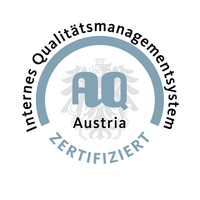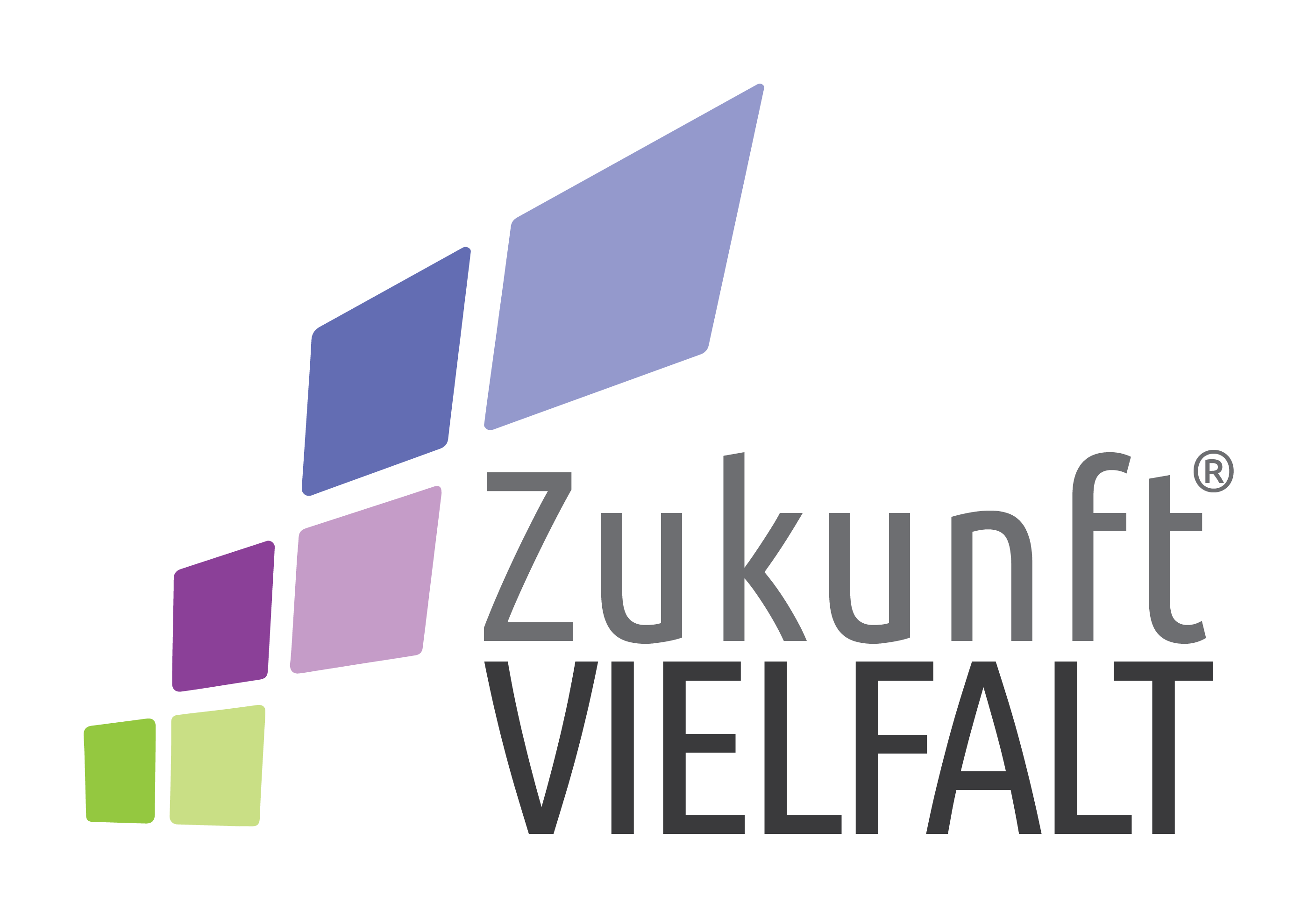Arshad SH, Dharmage SC, Ferreira F, Fixman ED, Gadermaier G, Hauser M, Sampson AP, Teran LM, Wallner M, Wardlaw AJ. Developments in the field of allergy in 2011 through the eyes of Clinical and Experimental Allergy. Clin Exp Allergy. 2012 Dec;42(12):1697-723. doi: 10.1111/cea.12037. Review.
Kitzmüller C, Wallner M, Deifl S, Mutschlechner S, Walterskirchen C, Zlabinger GJ, Ferreira F, Bohle B. A hypoallergenic variant of the major birch pollen allergen shows distinct characteristics in antigen processing and T-cell activation. Allergy. 2012 Nov;67(11):1375-82. doi: 10.1111/all.12016. Epub 2012 Sep 13.
Golias J, Schwarzer M, Wallner M, Kverka M, Kozakova H, Srutkova D, Klimesova K, Sotkovsky P, Palova-Jelinkova L, Ferreira F, Tuckova L. Heat-induced structural changes affect OVA-antigen processing and reduce allergic response in mouse model of food allergy. PLoS One. 2012;7(5):e37156. doi: 10.1371/journal.pone.0037156. Epub 2012 May 21. Erratum in: PLoS One. 2012;7(8). doi: 10.1371/annotation/53227638-162d-477c-a487-ad856854d823.
Karle AC, Oostingh GJ, Mutschlechner S, Ferreira F, Lackner P, Bohle B, Fischer GF, Vogt AB, Duschl A. Nitration of the pollen allergen bet v 1.0101 enhances the presentation of bet v 1-derived peptides by HLA-DR on human dendritic cells. PLoS One. 2012;7(2):e31483. doi: 10.1371/journal.pone.0031483. Epub 2012 Feb 14.
Filep S, Tsay A, Vailes LD, Gadermaier G, Ferreira F, Matsui E, King EM, Chapman MD. Specific allergen concentration of WHO and FDA reference preparations measured using a multiple allergen standard. J Allergy Clin Immunol. 2012 May;129(5):1408-10. doi: 10.1016/j.jaci.2011.12.978. Epub 2012 Jan 24. No abstract available.
Jahn-Schmid B, Hauser M, Wopfner N, Briza P, Berger UE, Asero R, Ebner C, Ferreira F, Bohle B. Humoral and cellular cross-reactivity between Amb a 1, the major ragweed pollen allergen, and its mugwort homolog Art v 6. J Immunol. 2012 Feb 1;188(3):1559-67. doi: 10.4049/jimmunol.1102445. Epub 2011 Dec 28.
Siegert M, Pertl-Obermeyer H, Gadermaier G, Ferreira F, Obermeyer G. Expression of the major mugwort pollen allergen Art v 1 in tobacco plants and cell cultures: problems and perspectives for allergen production in plants. Plant Cell Rep. 2012 Mar;31(3):561-71. doi: 10.1007/s00299-011-1199-3. Epub 2011 Dec 13.
Filep S, Tsay A, Vailes L, Gadermaier G, Ferreira F, Matsui E, King EM, Chapman MD. A multi-allergen standard for the calibration of immunoassays: CREATE principles applied to eight purified allergens. Allergy. 2012 Feb;67(2):235-41. doi: 10.1111/j.1398-9995.2011.02750.x. Epub 2011 Nov 18.
Kofler S, Asam C, Eckhard U, Wallner M, Ferreira F, Brandstetter H. Crystallographically mapped ligand binding differs in high and low IgE binding isoforms of birch pollen allergen Bet v 1. J Mol Biol. 2012 Sep 7;422(1):109-23. doi: 10.1016/j.jmb.2012.05.016. Epub 2012 May 23.
Zaborsky N, Brunner M, Wallner M, Himly M, Karl T, Schwarzenbacher R, Ferreira F, Achatz G. Response to Detection and analysis of unusual features in the structural model and structure-factor data of a birch pollen allergen. Acta Crystallogr Sect F Struct Biol Cryst Commun. 2012 Apr 1;68(Pt 4):377. doi: 10.1107/S1744309112008433. Epub 2012 Mar 31.
Hoy B, Geppert T, Boehm M, Reisen F, Plattner P, Gadermaier G, Sewald N, Ferreira F, Briza P, Schneider G, Backert S, Wessler S. Distinct roles of secreted HtrA proteases from gram-negative pathogens in cleaving the junctional protein and tumor suppressor E-cadherin. J Biol Chem. 2012 Mar 23;287(13):10115-20. doi: 10.1074/jbc.C111.333419. Epub 2012 Feb 15.
- About the University of Salzburg
- University governance
- Faculties
- School of Education
- Focus areas
- Centres
- Inter-university institutions
- Administration and services
- University of Salzburg Business School
- Associations, boards and committees
The University of Salzburg boasts six faculties with 34 departments and around 90 degree programmes in digital and analytical, natural and life sciences, social sciences and cultural studies, law and economics, and theology. Almost 18,000 students are enrolled in bachelor’s, master’s and doctoral programmes here.
Founded in 1622 by Prince Archbishop Paris Lodron and re-established in 1962, today the University of Salzburg is the largest educational institution in Salzburg.
- Common areas for students
- Bus, train and bike
- Housing, job and children
- City, culture and food
- Additional offers of the University of Salzburg
In order to get the best out of your time in Salzburg, you are likely to consider other factors such as suitable accommodation, various food and sports options, interesting part-time jobs, and exciting events as well. We also support students with parenting responsibilities.
If you are one of our graduates but feel you don’t want to leave student life behind just yet, join our Alumni Club.
- Research at the University of Salzburg
- Research awards and prizes
- Career in research
- Together for our society
- Research funding
- Services and contact
The University of Salzburg is a research institution well established in both local and international networks. It is a high-profile institution boasting a diverse subject offer. Around 2,000 academics are responsible for shaping this profile through their excellent research work at the University of Salzburg.
Research-based teaching is one of the trademarks of the University of Salzburg. It combines the versatile research services with an excellent teaching offer for all students.
From the wide range of degree programmes to student services, important semester dates to studying abroad: you can find all the important information about studying at the PLUS here.
The taster offers for prospective students, “Studieren Probieren” and “Studieren Recherchieren”, allow secondary school leavers to find out more about entry procedures and preparations for university life.





